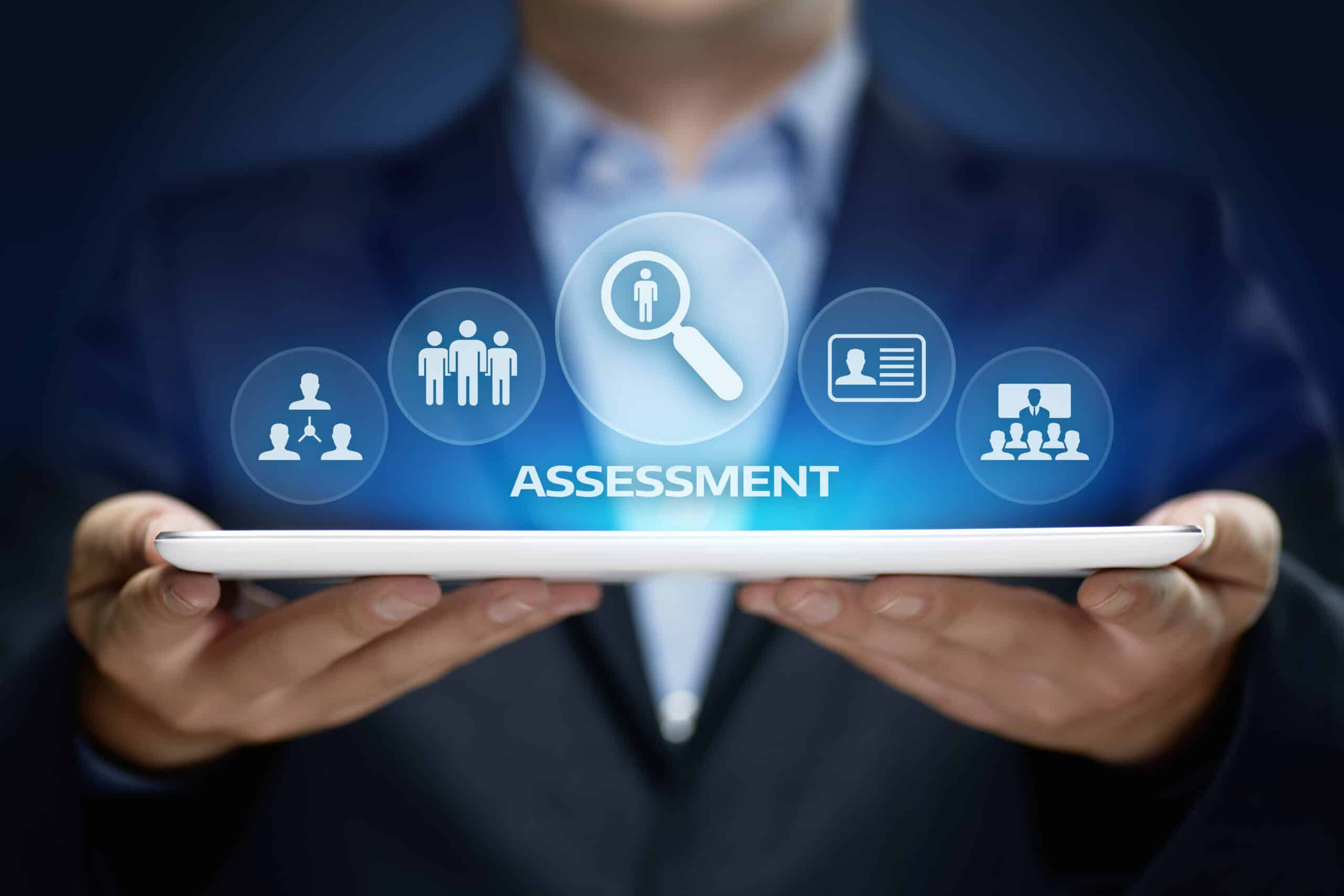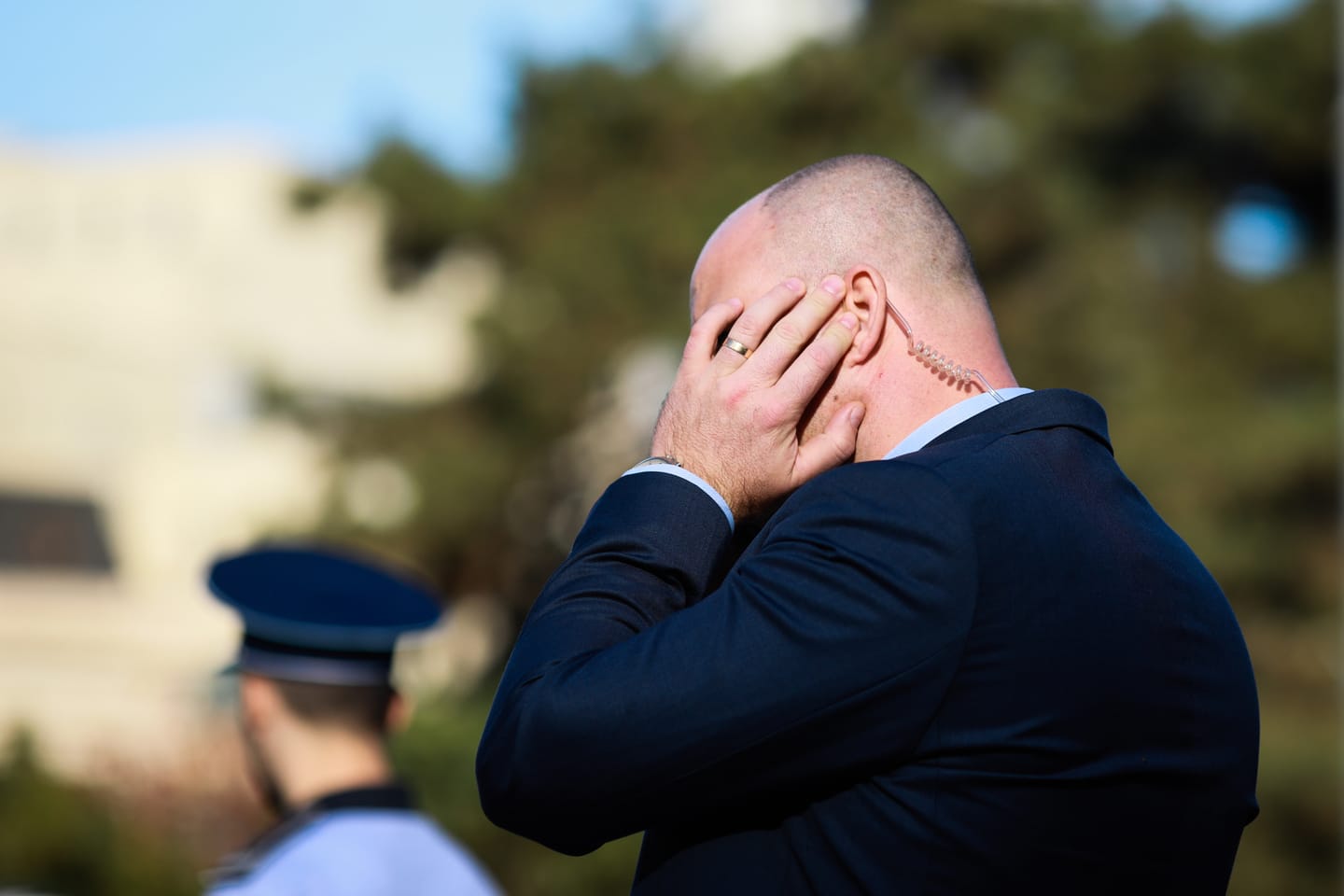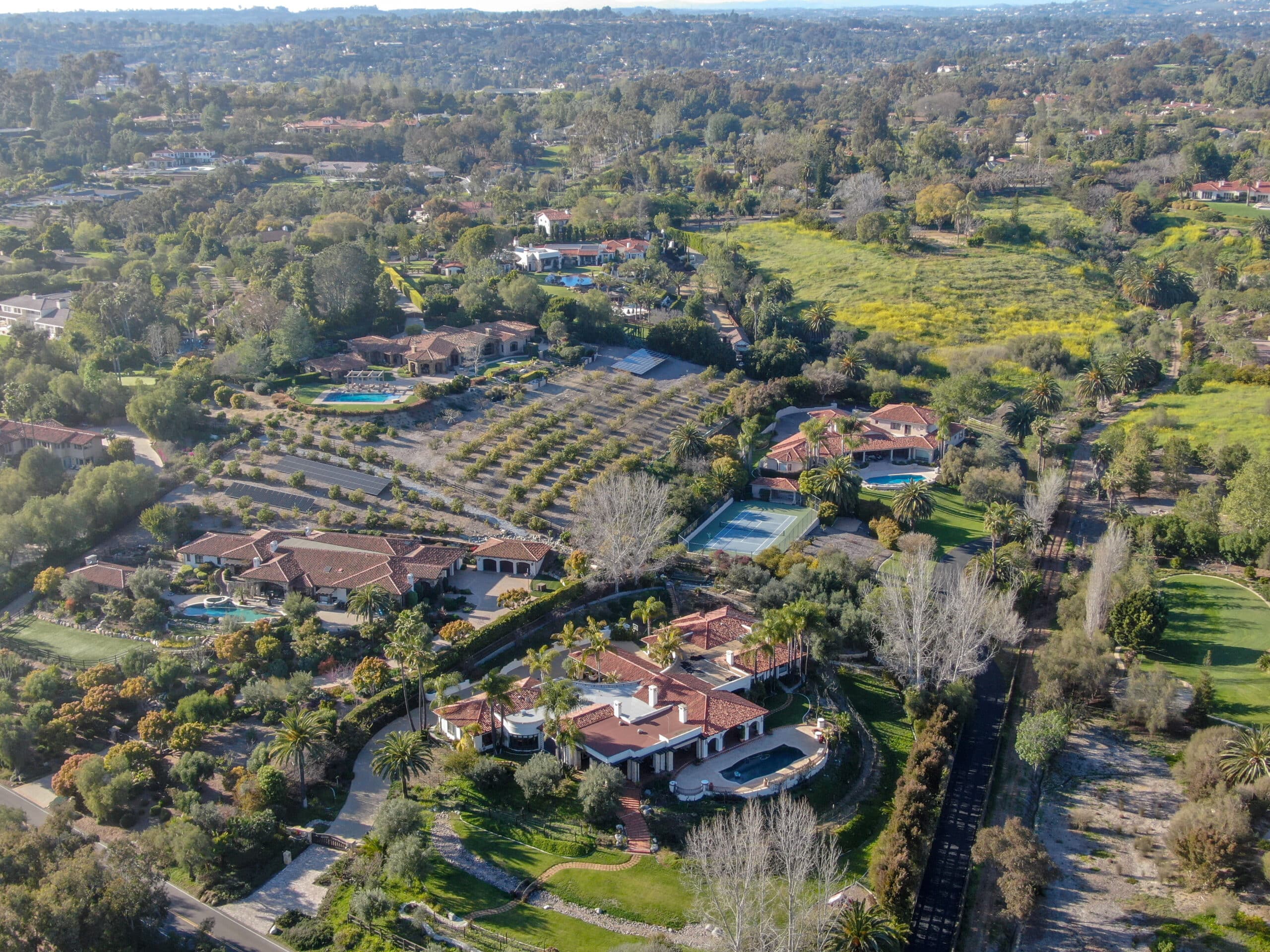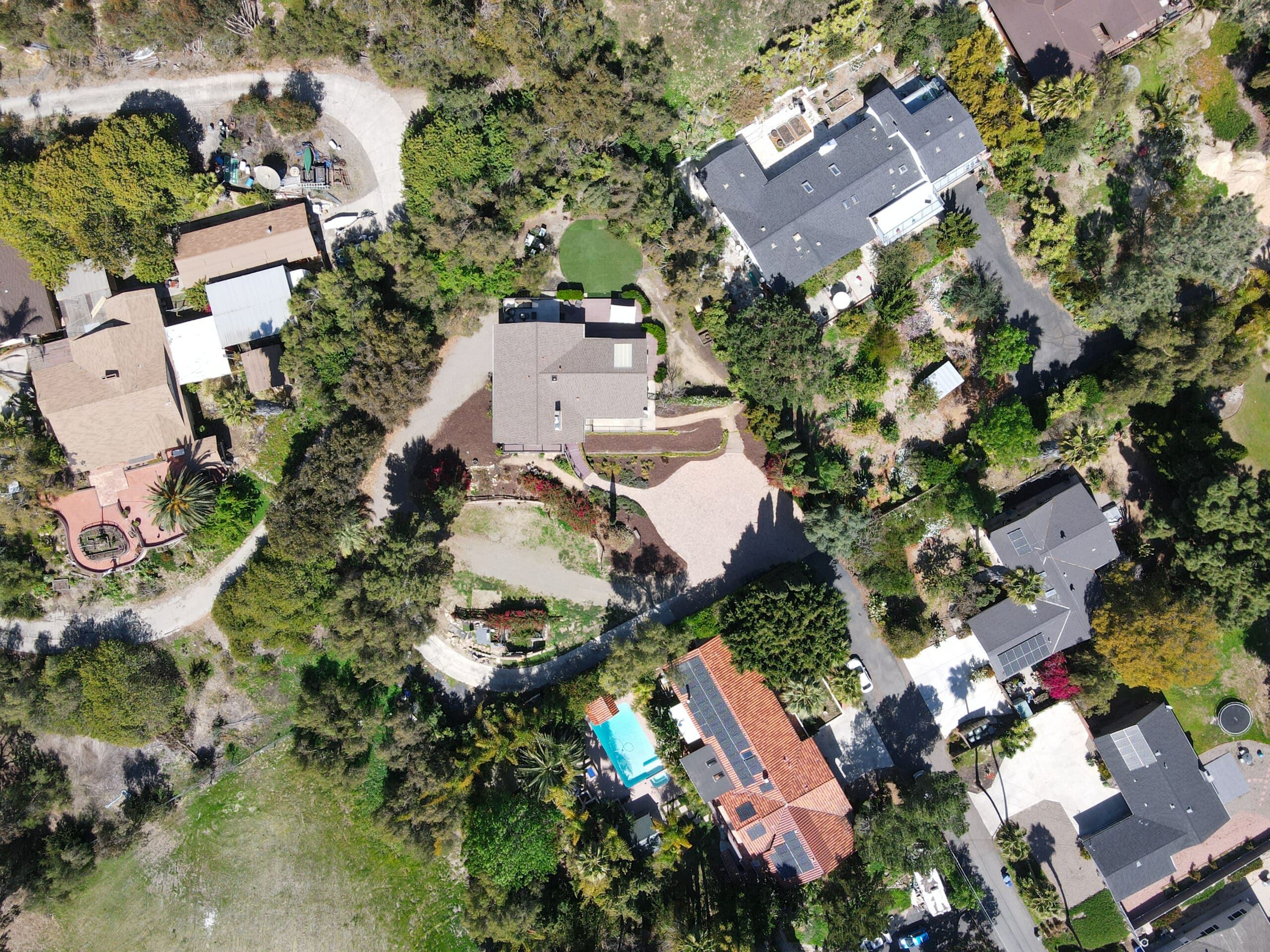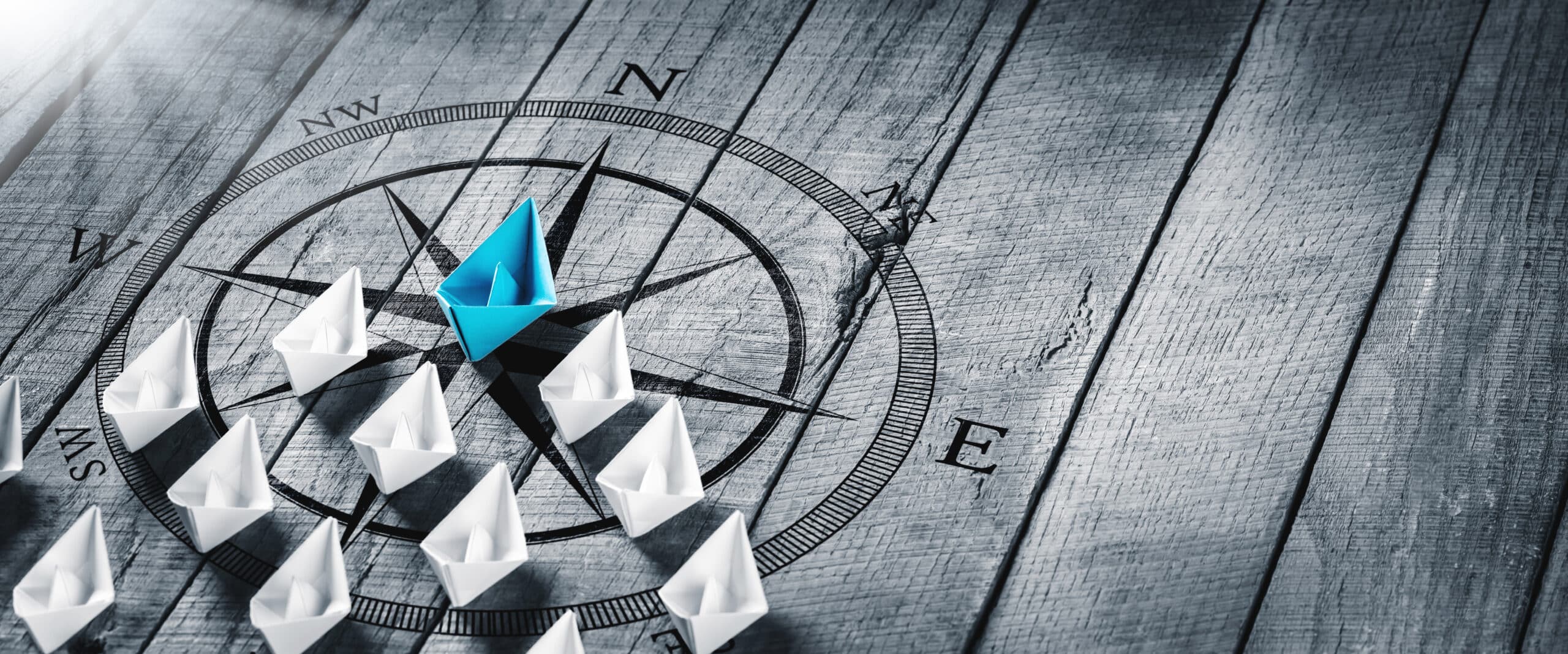Estimated reading time: 10 minutes
In an era where personal security concerns are increasingly prominent, hiring a bodyguard involves much more than simply choosing an individual for physical protection. It is a process steeped in meticulously evaluating one’s unique risk factors, lifestyle, and professional commitments. This article delves into the critical aspects of assessing security needs before hiring a bodyguard. It explores the importance of understanding specific threats, integrating security seamlessly into daily life, and the continuous adaptation required in a world where risks and personal circumstances evolve rapidly. Whether for low-profile, discreet protection or high-profile, overt security, this comprehensive guide is an essential roadmap for anyone navigating the complex landscape of personal security planning.
Table of contents
Understanding Personal Risk and Threat Assessment
Identifying Potential Security Risks
Hiring a bodyguard should start with a comprehensive understanding of one’s risk landscape. This involves an analysis of potential threats, which can vary widely depending on the individual’s public profile, occupation, lifestyle, and location. For high-profile individuals such as celebrities, CEOs, or political figures, threats may stem from overzealous fans, business rivals, or political adversaries. On the other hand, private individuals may face risks due to wealth, legal disputes, or family-related issues. Accurately identifying these risks is crucial for determining the level of protection required and the type of bodyguard best suited to the individual’s needs.
Analyzing Lifestyle and Daily Activities
The second step in assessing security needs involves thoroughly analyzing the individual’s lifestyle and daily activities. This encompasses their routines, travel patterns, social engagements, and public appearances. Understanding these aspects is vital for several reasons. Firstly, it allows for a realistic evaluation of when and where protection is most needed. Secondly, it helps design a security plan that minimally disrupts the individual’s lifestyle while maximizing safety. For instance, a bodyguard for a high-profile business executive might need to be adept at blending into corporate settings. At the same time, one for a celebrity might require experience in managing large crowds and paparazzi.
Evaluating Existing Security Measures
Evaluating existing security measures is an essential component of the assessment process. This step involves reviewing any current security systems, protocols, and personnel. The objective is to identify gaps and areas that require enhancement. This evaluation helps understand the extent of additional protection a bodyguard would provide. For example, an individual with a sophisticated home security system may still lack personal protection during travel or public appearances. In contrast, someone with minimal existing security may require a more comprehensive approach that includes personal protection and enhancements to home or office security systems.
Determining the Level of Protection Needed
Assessing Visibility and Public Exposure
Determining the appropriate level of protection is heavily influenced by an individual’s visibility and public exposure. High-profile individuals, such as politicians, celebrities, and business leaders, often require a more visible security presence to deter potential threats. This visibility acts as a first line of defense, making it clear that the individual is well-protected, thus discouraging potential aggressors. Conversely, individuals with lower public profiles might opt for a more discreet, covert approach. In such cases, the bodyguard operates in the background, maintaining a low profile to blend in with the surroundings while providing constant vigilance and protection.
Understanding Specific Threat Levels
A detailed understanding of specific threat levels is crucial in determining the necessary level of protection. This involves analyzing the nature, frequency, and severity of potential threats. For instance, individuals facing high-level threats from organized groups or stalkers will require a different level of protection than those dealing with occasional, low-level threats. The assessment should consider past incidents, existing threats, and potential future risks. This analysis helps decide whether the individual needs a single bodyguard for basic security or a team of bodyguards for comprehensive protection, including advance security and counter-surveillance measures.
Customizing Protection to Individual Needs
The level of protection should be tailored to the individual’s specific needs, considering both personal preferences and professional requirements. Customization involves balancing security needs with lifestyle choices to ensure that the presence of a bodyguard does not overly restrict personal freedom or disrupt daily activities. For instance, a corporate executive might require a bodyguard who is not only skilled in physical protection but also trained in corporate etiquette and discreet in business environments. Similarly, a celebrity might need a bodyguard adept at managing fans and media while ensuring the client’s safety. This customization ensures that the security provided is practical, discreet, and in line with the individual’s lifestyle and public image.
Choosing the Right Type of Bodyguard
Evaluating Bodyguard Profiles for Low-Profile Protection
When seeking low-profile, covert protection, the choice of bodyguard should focus on individuals with specific traits and skills. These bodyguards are typically adept at blending into various environments, from corporate settings to social events. They possess a high situational awareness, enabling them to detect and neutralize threats without drawing attention. Their training often includes advanced surveillance techniques, discreet crowd navigation, and subtle communication skills. This bodyguard type is ideal for clients who prioritize maintaining a regular, unobtrusive lifestyle while ensuring their safety is not compromised.
Selecting Bodyguards for High-Profile, Overt Protection
For high-profile, overt protection, the selection criteria for bodyguards differ significantly. These bodyguards are often more visible, providing a clear security presence to deter potential threats. They are typically larger in stature, with a commanding presence that is immediately noticeable. Their skill set includes crowd control, advanced defensive tactics, and, often, experience with handling media and public interactions. This type of protection is suitable for individuals who face significant public exposure and require a strong deterrent against potential aggressors.
Specialized Skills and Training Requirements
In addition to the general type of protection (low-profile vs. high-profile), it is crucial to consider specialized skills and training that might be necessary based on the client’s specific circumstances. For instance, international clients may require bodyguards with experience in international security protocols and knowledge of different cultures and languages. Clients with particular threats may need bodyguards trained in counter-surveillance, cybersecurity, or medical response. The selection process should, therefore, involve a detailed evaluation of the bodyguards’ backgrounds, certifications, and specialized training to ensure they are equipped to handle the unique challenges and risks associated with protecting the client.
Integrating Bodyguards into Personal and Professional Life

Balancing Security and Privacy
Integrating a bodyguard into one’s personal and professional life requires a delicate balance between security and privacy. The presence of a bodyguard should not infringe upon the individual’s personal space and private moments unless necessary for safety reasons. This balance is achieved by establishing clear boundaries and communication channels between the client and the bodyguard. The bodyguard should be trained to be attentive yet unobtrusive, ensuring security without being overly invasive. Respect for the client’s privacy is paramount, and professional bodyguards are trained to uphold this principle while maintaining constant vigilance.
Ensuring Seamless Professional Integration
Integrating a bodyguard must be seamless within their work environment for clients with demanding professional lives. This involves selecting a bodyguard who is not only proficient in security measures but also adaptable to corporate or professional settings. They should possess the ability to interact with colleagues and business associates professionally and, when required, remain inconspicuous during meetings, conferences, and corporate events. The right bodyguard in a professional setting can provide security discreetly without disrupting the normal flow of business activities.
Developing a Strong Working Relationship
A successful security arrangement involves developing a strong, trust-based working relationship between the client and the bodyguard. This relationship is built over time through consistent interaction, mutual respect, and understanding each other’s expectations. The client should feel comfortable communicating their needs and concerns, while the bodyguard should be responsive and adaptive to these requirements. Regular briefings and debriefings can fine-tune the security approach based on ongoing experiences and changing circumstances. This strong working relationship is critical to ensuring that the security measures are effective and aligned with the client’s lifestyle and preferences.
Advanced Security Protocols for High-Risk Scenarios
Implementing Proactive Threat Assessment Strategies
In high-risk scenarios, implementing proactive threat assessment strategies is crucial. This involves constantly analyzing the environment and potential threats to anticipate and mitigate risks before they materialize. Proactive threat assessment includes regularly monitoring social media, public databases, and other sources to gather intelligence about potential threats. It also involves conducting regular security audits and risk assessments of locations the client frequents. By staying ahead of potential threats, bodyguards can take preemptive measures to avoid dangerous situations and ensure the client’s safety.
Developing Emergency Response and Evacuation Plans
Emergency response and evacuation plans are essential to security protocols, especially in high-risk scenarios. These plans should be tailored to specific situations and environments, such as the client’s home, workplace, and commonly visited locations. They include predefined escape routes, safe rooms, and emergency contacts. Regular drills and rehearsals ensure the client and the bodyguard are prepared to act swiftly and efficiently in an emergency. The plans should also be regularly reviewed and updated based on changing circumstances or new information.
Utilizing Advanced Security Technology and Equipment
Using advanced security technology and equipment becomes vital when the risk level is exceptionally high. This includes state-of-the-art surveillance systems, communication devices, tracking tools, and protective gear. Bodyguards may also employ counter-surveillance measures to detect and disrupt any surveillance attempts by potential aggressors. In some instances, armored vehicles and other specialized transportation methods may enhance safety during transit. Integrating technology in security protocols enhances the effectiveness of the protection offered and provides additional layers of safety.
Long-Term Security Planning and Adaptation
Continual Risk Assessment and Security Updates
Long-term security planning requires an ongoing process of risk assessment and updates to security protocols. The threat landscape is dynamic, and risks can evolve due to changes in the client’s profile, lifestyle, or external factors. Regular reassessment ensures that the security measures remain relevant and practical. This involves staying informed about the latest security trends and threats and incorporating feedback and lessons from past security incidents. Continual updates to security strategies, techniques, and technologies are necessary to maintain high protection over time.
Adapting to Lifestyle and Career Changes
As clients’ lives evolve, their security needs can change. Career advancements, changes in family dynamics, relocation, or changes in public profile can all impact security requirements. A flexible and adaptive security strategy is essential to accommodate these changes. This might involve scaling up security during increased public attention or adjusting protocols to suit new environments and routines. Bodyguards and security teams must be adaptable, adjusting their approach to align with the client’s current circumstances and anticipated future changes.
Building Long-Term Relationships with Security Personnel
Building a long-term relationship with security personnel can significantly enhance the effectiveness of a security plan. Over time, bodyguards gain a deeper understanding of the client’s preferences, routines, and risk factors. This familiarity enables them to provide more personalized and efficient protection. Long-term relationships also foster trust and communication, which are crucial to a successful security arrangement. Clients should consider the benefits of working with a consistent team of bodyguards familiar with their specific security needs and preferences.
Conclusion
In conclusion, assessing security needs and hiring a bodyguard is a critical and nuanced endeavor that extends far beyond the basics of personal protection. It begins with thoroughly understanding one’s unique risk profile and evaluating potential security threats, lifestyle dynamics, and current security measures. The choice of a bodyguard should be tailored to the individual’s specific needs, balancing visibility with discretion and integrating seamlessly into both personal and professional realms. Advanced security protocols, proactive threat assessments, and state-of-the-art technology become indispensable in high-risk scenarios. Furthermore, long-term security planning requires adaptability and reassessment to remain effective against evolving threats. Building a lasting relationship with security personnel enhances this process, ensuring a personalized, responsive approach to protection. Ultimately, the decision to hire a bodyguard is about safeguarding one’s peace of mind, a commitment to safety that demands careful consideration, strategic planning, and continuous adaptation.

